Among the winners of this year’s Ig Nobel Prizes was the project, that is, the master’s thesis of the Swedish engineer Magnus Gens, in which the company Saab participated, which donated two Saab 9-5 cars. We wrote about this project a few years ago and clarified what was the core of this project, and the Saab company recognized the benefit in terms of increasing the safety of passengers in Saab cars.
Ig Nobel Prizes
The Ig Nobel Prizes as “award” itself actually has a completely different meaning. The Ig Nobel Prize is a prize awarded for scientific works of a comic nature and dubious purpose, as a parody of the Nobel Prize. It got its name as a play on words, from the English “ignoble” and the surname of Alfred Nobel.
The award is given once a year in the USA at Harvard University in one of the most beautiful halls of the university itself, the Sanders Theater. A gala evening is organized on the occasion of the award, the ceremony itself takes place in the same way as the awarding of the Nobel Prize, even the Ig Nobel itself is usually awarded by scientists who have actually won the Nobel Prize. The ceremony is sponsored by the American science-humor magazine Annals of Improbable Research (AIR) and co-sponsored by the Harvard Computer Society, by the Harvard-Radcliffe Science Fiction Association and by the Harvard-Radcliffe Society of Physics Students.

Ten Ig Nobel Prizes are awarded each year from the traditional disciplines of physics, chemistry, physiology/medicine, literature and peace, but also from other disciplines such as public health, engineering, ecology and various ad hoc categories, if circumstances require. The first Ig Nobel Prize ceremony was held in 1991 under the slogan “for works that cannot and should not be repeated”. The first award was organized at MIT University, and was later moved to Harvard University.
During its existence, the Ig Nobel Prize has sometimes caused controversy. In only one case so far, a scientist has received both an Ig Nobel and a Nobel Prize. It is about Andrey Geim, a Russian physicist, who received the Nobel Prize in Physics in 2010 for studies on the material graphene, and in 2000 he received the Ig Nobel Prize for causing the magnetic levitation of a frog.
Magnus won the Safety Engineering Ig Nobel
Let’s go back to the scientific work that deals with increasing safety on Swedish roads by indicating to the manufacturers which parts of the car should be specially strengthened in the event of a collision with a moose. This year, a special award was directed to the field of research “the Safety Engineering” and it was won by Magnus Gens’ master’s thesis.
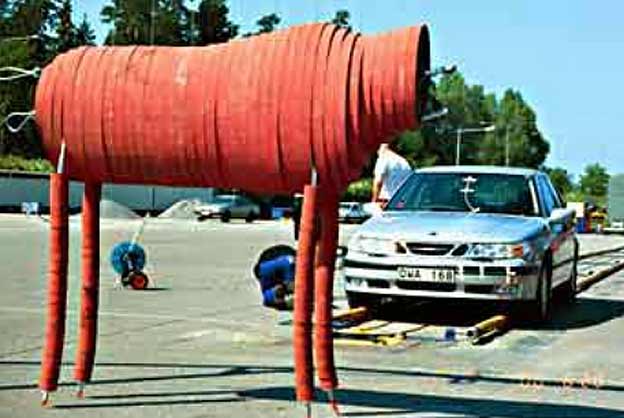
In a way, this award is a disparagement of the scientific value of the awarded projects, but in the case of the work of Magnus Gens, it is certain that both the companies Saab and Volvo used this project to improve the structures of their cars.
The moose crash-test dummy was developed by IT engineer Magnus Gens to see how cars would crumple when they collided with big wildlife.
Magnus told BBC News he was proud of his award and the renewed focus it put on his research, which was actually conducted a decade ago as the topic of a Master’s thesis. “It’s certainly been fun and intriguing for me to reopen the thought processes from that time,” he said.

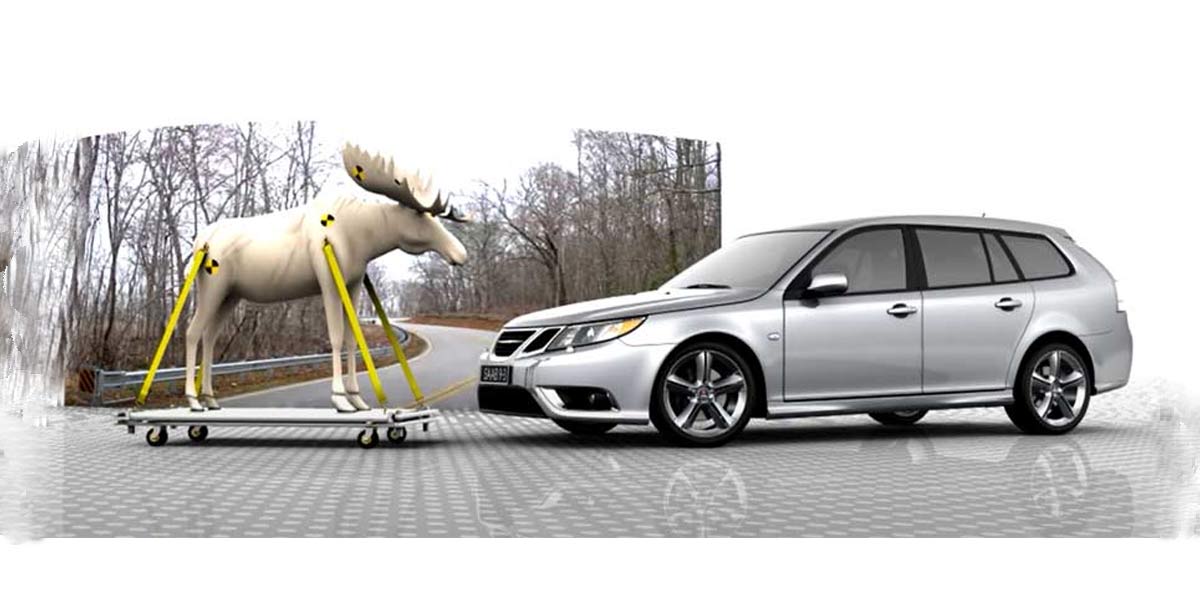




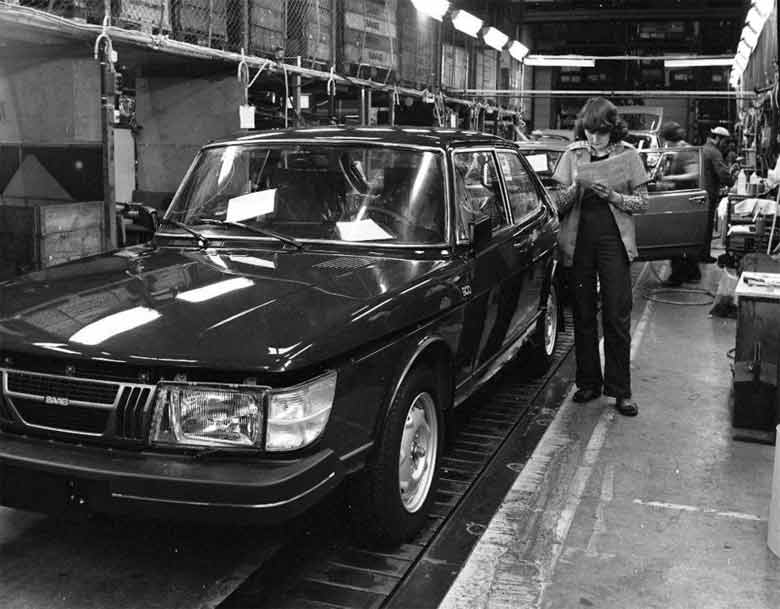



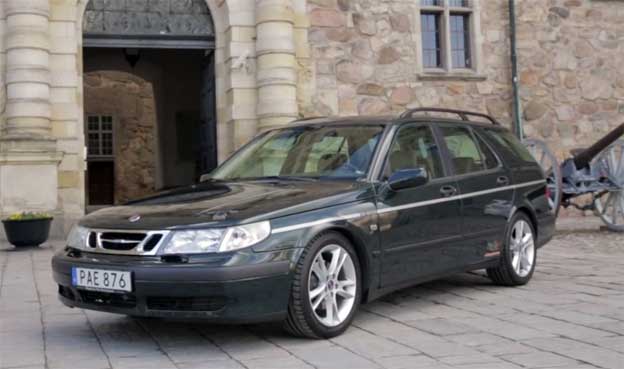
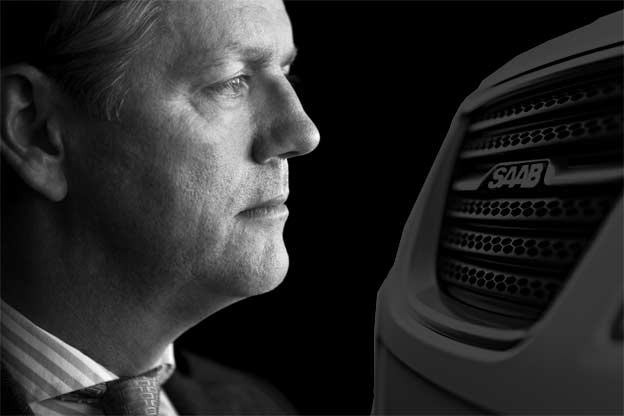
This is really interesting, You’re a very skilled blogger. I’ve joined your feed and look forward to seeking more of your magnificent post. Also, I’ve shared your site in my social networks!